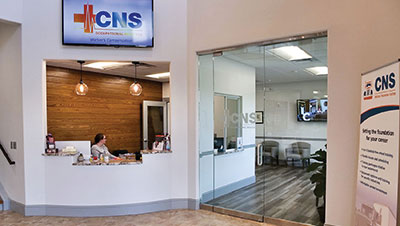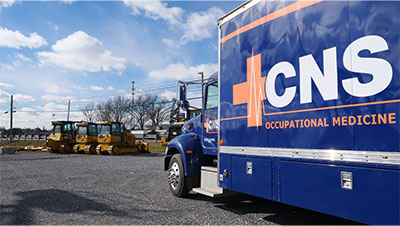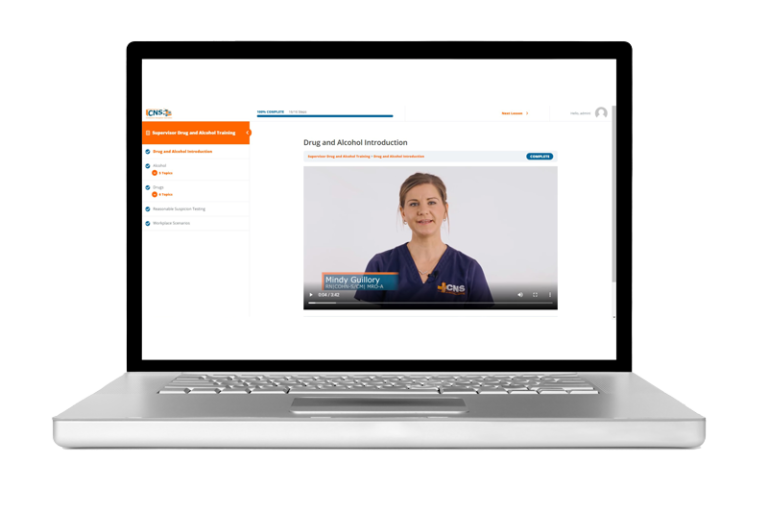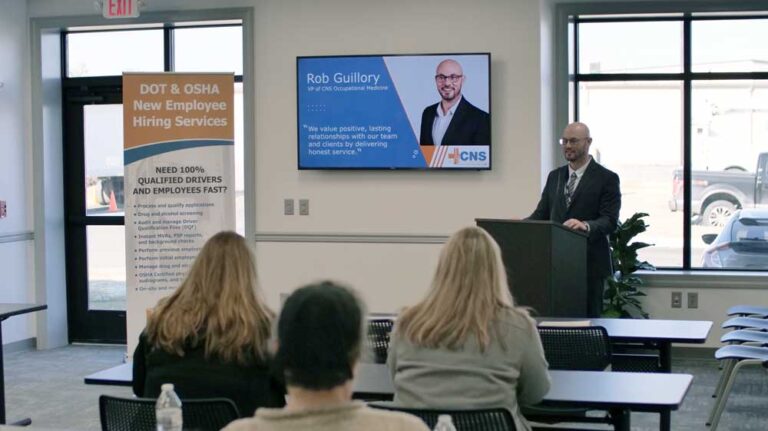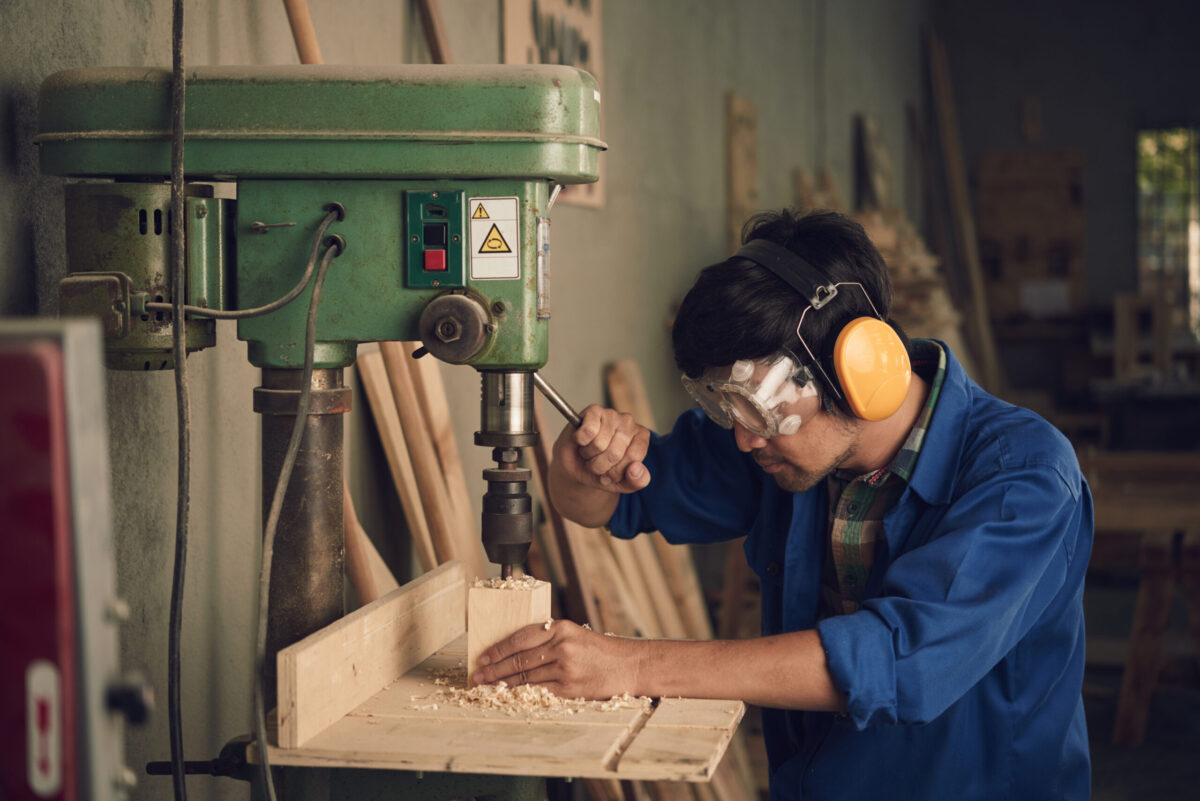They willl conduct noise monitoring, which includes sound level meter reading and full shift noise dosimetry.
Effective February 15, 2022, OSHA is launching a Regional Emphasis Program (REP) on Noise Induced Hearing Loss in Region 8, which covers private sector workers in:
- Colorado
- Montana
- North Dakota
- South Dakota
- Utah
- Wyoming
The REP has two elements.
First, there is an outreach component that will be conducted to raise employer and employee awareness of the hazards associated with exposure to high levels of noise.
Second, there is an inspection targeting industries with high level of noise exposure with the goal to reduce employee exposure to noise through enforcement.
OSHA will target high hearing loss industries that include manufacturing companies in food, wood product, primary metal, and fabricated metal product manufacturing.

Why Noise Level Exposure Matters
Every year thousands of workers suffer from preventable hearing loss due to high workplace noise levels.
High noise levels also cause temporary loss of hearing, sensitivity, tinnitus, and acoustical trauma.
Tinnitus is predominantly caused by long-term exposure to high sound levels or by short-term exposure to very high sound levels.
Exposure to excessive noise can also have other health effects such as increased physiological stress, muscle tension, loss of sleep, and fatigue.
Besides health effects, excessive noise levels can interfere with communication and concentration, the audibility and clarity of emergency warning devices, and a person’s ability to perform tasks.
According to Bureau of Labor Statistics (BLS) data, in 2019, approximately 18 million workers were exposed to potentially damaging noise, and the incident rate for hearing loss for all industries nationwide was 1.4 per 10,000 full-time workers.
- Goods-Producing Industries: the rate was almost four times higher at 5.4
- Prefabricated Wood Building Manufacturing: the rate of hearing loss was astonishingly high at 31.1, approximately twenty-two times the rate for all private industry establishments
Therefore, in the manufacturing NAICS of 31 through 33, those industry sectors with incident rates for hearing loss of at least 9.0 were selected in food, wood product, primary metal, and fabricated metal product manufacturing.
Inspection Procedures
The goal of this REP is to identify, reduce, and eliminate exposure to the hazard of excessive noise levels. OSHA in Region 8 will accomplish this through outreach and enforcement activities.
Outreach activities will include letters to employers, training sessions with stakeholders, electronic information sharing activities, and news release broadcasts.
Enforcement activities will begin not earlier than three months after outreach is initiated and will include, but not be limited to:
- the inspection and review of operations and working conditions
- injury and illness records
- safety and health programs to identify and obtain corrections of workplace hazards at all applicable inspection sites
All inspections conducted under this REP will be partial health inspections; however, the CSHO will address any hazards in plain view and submit a referral for any safety issues as necessary.
CSHOs shall evaluate and determine employee exposures to noise through methods such as but not limited to:
- sound level meter readings
- full shift noise dosimetry
- audiometric testing records
- a review of any third-party noise sampling done at the establishment
- OSHA injury and illness logs
- interviews
- other employer information gathered during the inspection
Citations for violations of 29 CFR 1910.95 will be issued in accordance with current OSHA policy and other applicable chapters of the FOM.
How CNS Occupational Medicine can help
Will Region 3 be next? Get noise measurement survey or audiogram testing today.
CNS Occupational Medicine conducts noise monitoring utilizing sophisticated and calibrated equipment such as sound level meters and personal noise dosimeters.
- Ahead of arriving at the site, our certified noise specialist will work with the company to discover information about employer’s size, operation, designated work areas, workflows, previous noise surveys, and noise exposures.
- Once on site, the certified noise specialist will setup the noise leveling meters and distribute the personal noise dosimeters.
- The specialist will record ambient noise in various areas, including high-noise tasks and equipment.
- Following an employee and facility noise assessment survey, our noise specialist will prepare detailed reporting and sound level mapping to show area, task and individual exposure levels as they relate to the OSHA regulatory compliance.
- The noise survey mapping will pinpoint areas, equipment, and process of concern to assist with implementation of noise controls.
The Noise Measurement Survey is an on-site service. Amount of time onsite will vary based company size, number of employees, and degree of high-risk areas.
Please call to speak with our specialist today to determine a service that meets your needs, contact us at 800.551.9816 or info@cnsoccmed.com.

